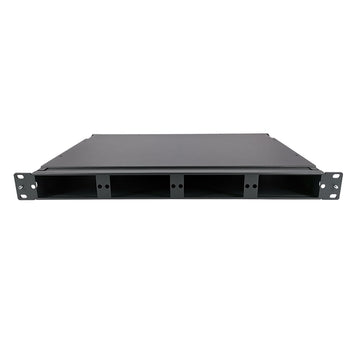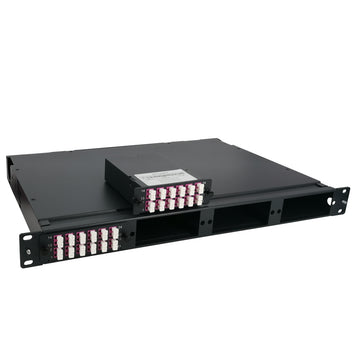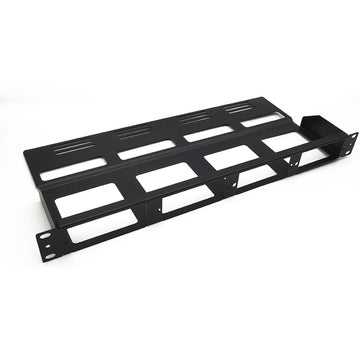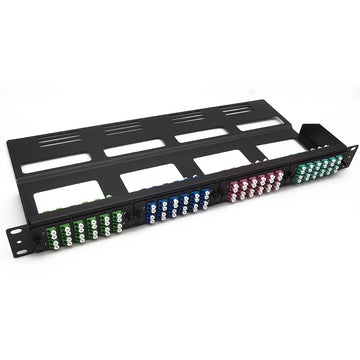Fiber Color Code
Looking at a large amount of fiber optic cables without any guidance can be confusing. The fiber optic cable color code helps to know how to approach these cables identifying them in an easy way.
If you want to understand more about this color system, this article will help you on that mission.
What is Fiber Color Code?
Fiber color code is a standard for quickly identifying fibers, cables, and connectors. The Telecommunications Industry Association (TIA) especially launched the TIA-598 standard. This standard addresses the manufacturer’s fiber color codes to follow and reference.
We can divide color code into three categories for the different segments. Now, let us look at them.
Cable Jacket Color Code
Colored outer jackets or print may be applied to outside plant and premises fiber cables, such as fiber distribution cables, fiber optic patch cords, etc., for easy identification and distinction.

The EIA/TIA-598 standard defined the outer jacket color codes for the different fibers. Therefore, for fiber optic cables that contain only one type of cable, we can quickly identify them by color.
However, when the premises cable has more than one fiber type, the outer jacket should include a printed legend identifying the number and kind of fibers inside the cable. That will help the user to specify the fiber count and type quickly. For example, print “12 Fiber, 8 x 50/125, 4 x SM.” on the cable.
Inner Fiber Color Code
Inner fibers will also be color-labeled for easy identification within each cable or inside each tube in a loose tube cable.

There are two situations for multi-fiber cables:
For cables with less than 12 strands of fibers, each fiber will be identified with 12 colors.
In the case of cables with more than 12 strands, the fiber optic cable color code repeats itself. To differentiate each group of 12 fibers, alternative identification methods are implemented. For example, in 24-strand groups, the fiber color code repeats with slight variations. The 1st group of 12 strands may have solid colors, while the 2nd group could have a solid color with a stripe or other distinguishing markings.
Connector Color Code
Connectors are also a part of the fiber color code. Since there are different polish styles of fiber end-face, the connectors of fiber jumpers and the mating adapters are color coded for identification. However, the advent of metallic connectors like the FC and ST makes connector color coding difficult, so colored strain relief boots are also used. The boot color may vary among manufacturers.

Why is Fiber Color Code important?
Fiber color codes are used to help you identify fiber cables (including patch cables, premises cables, and outdoor cables), fiber connectors, and individual fibers. There are multiple benefits of using a fiber optic color coding system in both indoor and outdoor applications, including:
Ease of installation
When fiber optic cables are correctly color-coded, it is much easier for installers to identify which cable goes where. This can save a lot of time and resources during the installation process, ultimately making for a more cost-effective project.
Ease of maintenance
Once fiber optic cables are installed, they can be very difficult to access. This makes it important to have a color code system in place so that fiber technicians can easily identify which fiber needs to be repaired or replaced.
Simplified splicing
When fiber optic cables are color coded, it is much easier to select the strands to be spliced together. A splice tray may carry up to 72 fibers, meaning it would be chaos without a color tracking system. Put simply, tracking the different colors of the fibers, means engineers can ensure continuity throughout a cable run.
Fewer human errors
One of the biggest benefits of fiber optic color coding is that it can help to reduce human errors. This is because fiber technicians will be able to quickly and easily identify which fiber goes where, thus minimizing the risk of mistakes. Without color coding, it’s relatively easy for an engineer to mix up a 50/125 with a 62.5/125 multimode fiber. And of course, multi-fiber cables typically contain tens if not hundreds of individual strands.












